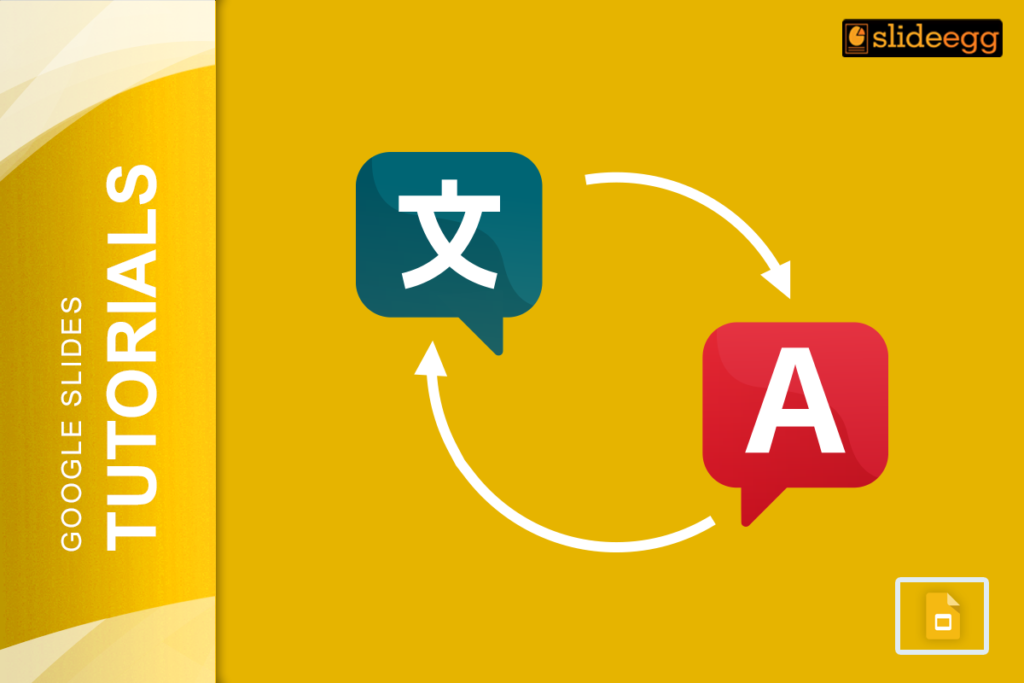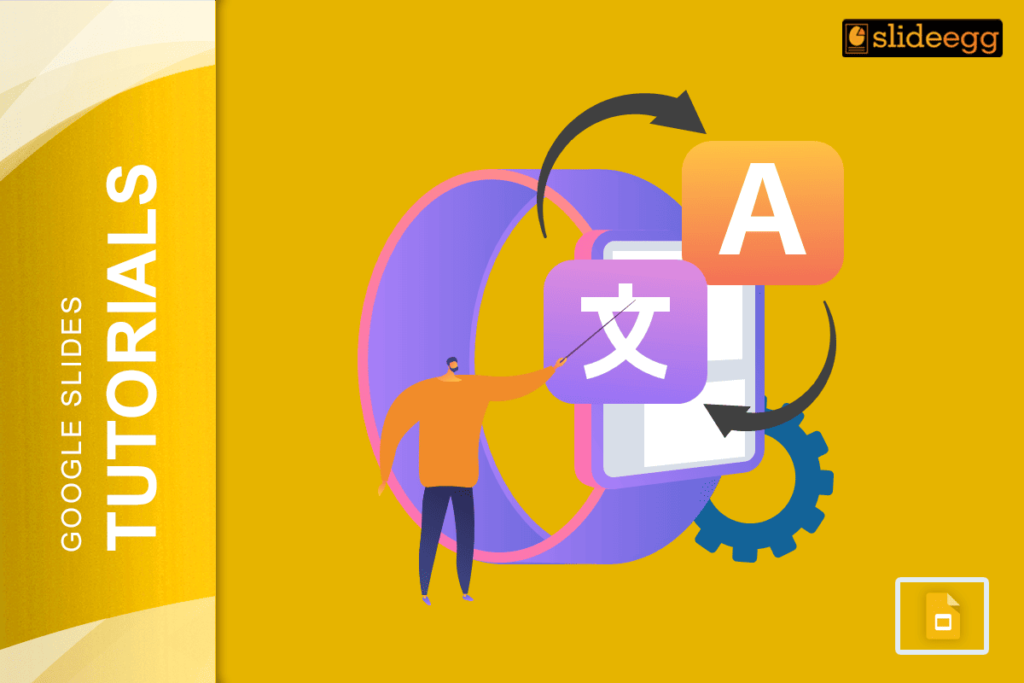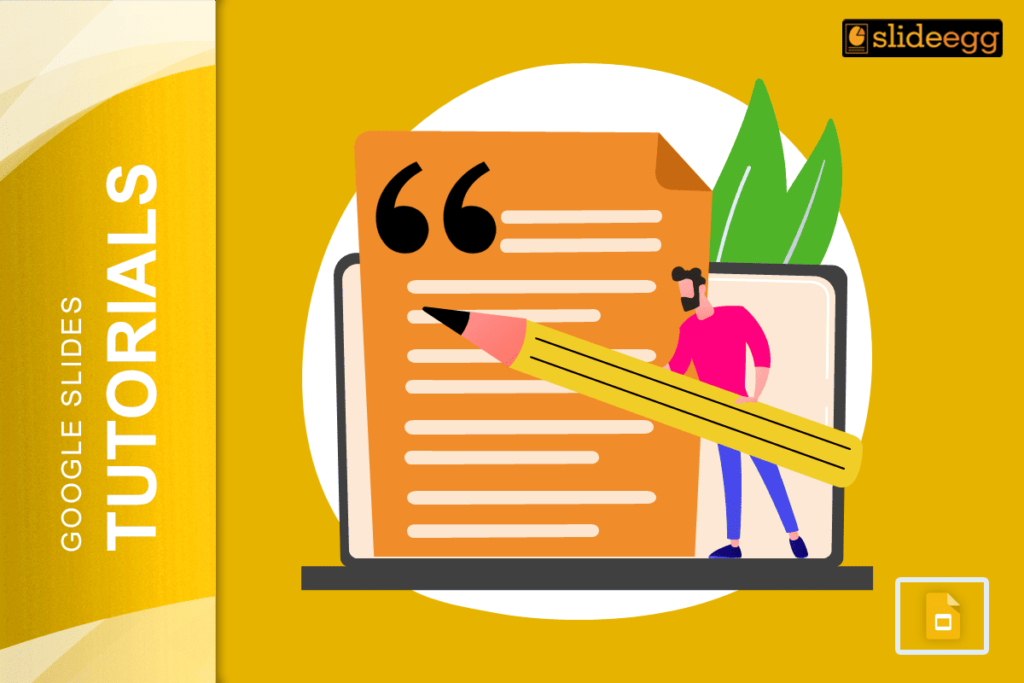When creating presentations, Google Slides is a go-to tool for many professionals and students alike. But what happens when you need to translate your Google Slides into another language? Whether you’re working on a multilingual project or need to share your presentation with a global audience, translating your slides can be essential. In this blog, we’ll walk you through the steps to translate Google Slides and provide helpful tips and tricks for mastering presentation hacks.
Why Translate Google Slides?
Translating your Google Slides ensures your message reaches a broader audience, making your presentation more accessible and effective. Here are some common reasons you might need to translate your slides:
- Multilingual Teams: Collaborate efficiently with team members who speak different languages.
- Global Audience: Present your ideas to international clients or partners.
- Educational Purposes: Share your educational content with students from various linguistic backgrounds.
Steps to Translate Google Slides
Step 1: Prepare Your Slides
Before you start translating, make sure your slides are well-prepared. Check for any text that might need updating and ensure your content is clear and concise. This will streamline the translation process.
Step 2: Use Google Translate
Google Translate can be a handy tool for translating text in your slides. Here’s how you can use it:
- Open Google Slides: Access the presentation you want to translate.
- Select Text: Highlight the text box or specific text you want to translate.
- Copy Text: Right-click and select “Copy” or use Ctrl+C (Cmd+C on Mac).
- Open Google Translate: Go to Google Translate (https://translate.google.com/).
- Paste Text: Paste your copied text into the translation box.
- Select Language: Choose the language you want to translate your text into.
- Copy Translated Text: Once translated, copy the new text.
- Paste Back: Return to your Google Slides and paste the translated text into the appropriate text box.
Step 3: Manual Adjustments
While Google Translate is helpful, it might not always capture the nuances of your content. Review the translated text and make any necessary adjustments to ensure it reads naturally and conveys the intended message accurately.
Step 4: Use a Translation Add-on
For a more streamlined process, consider using a Google Slides translation add-on. These tools can help automate the translation of your entire presentation. Here’s how to use one:
- Install Add-on: Go to the Google Workspace Marketplace and search for a translation add-on.
- Authorize Add-on: Follow the prompts to authorize the add-on to access your Google Slides.
- Translate Slides: Use the add-on to translate your slides. Each add-on may have slightly different steps, so follow the instructions provided by the add-on.
Tips for Using Free Themes
Enhance the visual appeal of your presentation by using premade free Google Slides themes available online. Here’s where to locate and utilize them:
- Search Online: Look for websites that offer free Google Slides templates.
- Download Theme: Choose a theme that fits your presentation’s tone and download it.
- Import Theme: Open your Google Slides, go to the “Slide” menu, select “Change theme,” and then click on “Import theme” to upload your downloaded theme.
Using a well-designed theme can make your presentation more engaging and professional.
Best Practices for Translating Google Slides
Here are some best practices to keep in mind when translating your Google Slides:
- Consistency: Ensure consistent terminology and style throughout your presentation.
- Proofreading: Always proofread the translated text to catch any errors or awkward phrasing.
- Feedback: If possible, get feedback from a native speaker to ensure accuracy and naturalness.
- Cultural Sensitivity: Be aware of cultural differences that might affect the reception of your content.
Learn More About Presentation Hacks
Translating Google Slides is just one aspect of creating an effective presentation. To further enhance your skills, check out our tips and tricks page to learn more presentation hacks that can help you create engaging and impactful slides. Additionally, if you need to adjust language settings in your Google Slides, refer to our guide on How to Change the Language Settings in Google Slides.
Conclusion
Translating Google Slides can open up new opportunities for collaboration and communication across different languages. By following the steps outlined above and using available tools and themes, you can create a polished and professional presentation that resonates with a global audience. Remember to proofread your translations, seek feedback, and explore additional resources to enhance your presentation skills. By taking these steps, you’ll be well on your way to creating multilingual presentations that are both effective and visually appealing. Happy translating!







